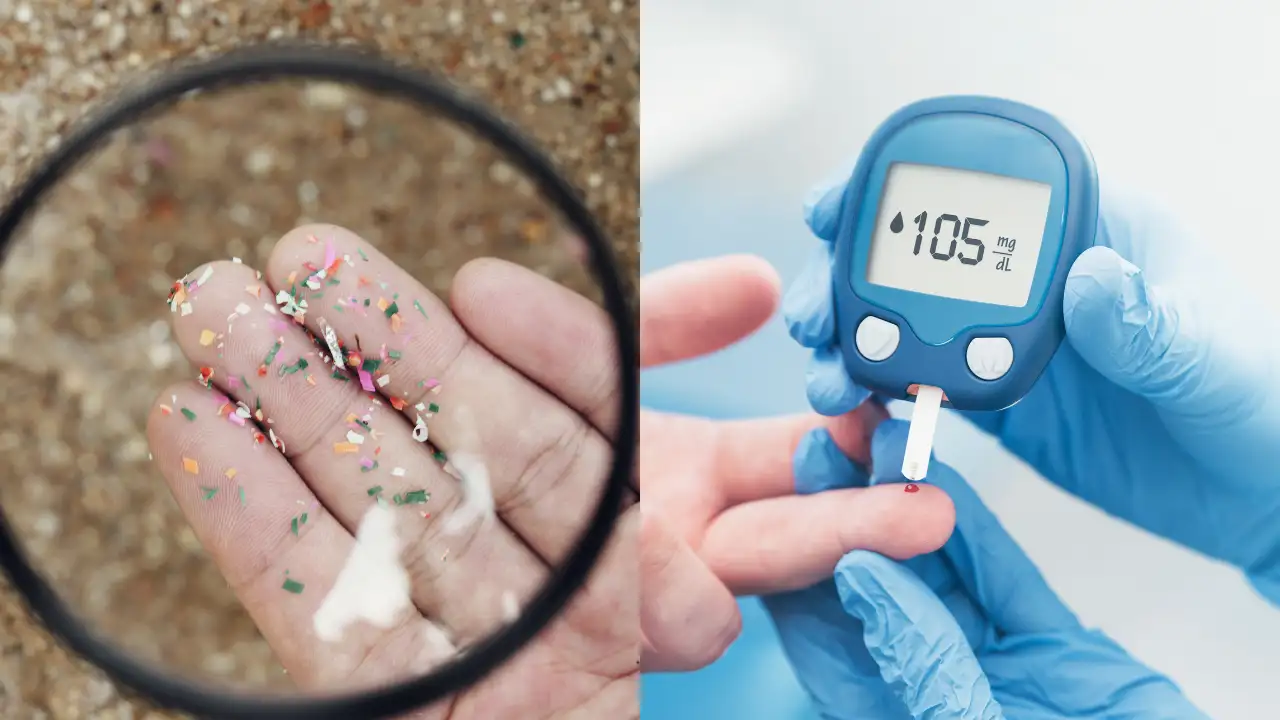Biodegradable plastics have long been seen as the environmentally responsible choice, but new research suggests they may come with hidden health risks. A study by scientists in China and the US has found that polylactic acid (PLA), a common material in eco-friendly packaging and tableware, can release microplastics that interfere with gut function. Far from being harmless, these particles may be quietly altering metabolism and contributing to serious conditions like diabetes.
PLA microplastics, commonly found in disposable cutlery and takeaway containers, do not just vanish after use. Once ingested, these particles seem to go past the gut barrier and find their way into our metabolic cycle. In mice, they triggered gut damage and altered metabolism, waving red flags for inflammatory bowel disease and diabetes.
“This is the first time in the world that microplastics have been found to enter the body’s metabolic cycle,” said lead researcher Cui Xuejing. So, while PLA has been lauded as the green alternative to traditional plastics, this study suggests it may be quietly stirring trouble in our guts.
Plastic pollution has long been the most hated when it comes to environmental damage, but now it has got a more personal twist—it is in us.
While we all love a wholesome, clean meal full of steamed veggies, a slice of grilled fish, and a glass of water, the burning question is if it is really clean. Invisible to the naked eye, lurking on that dinner plate could be thousands of microscopic plastic particles. From our kitchens to our bedrooms, plastic reigns supreme and it looks almost impossible to get rid of it. Anyway, let us get into the nitty-gritty of how we are directly or indirectly surrounded by plastic and what happens to our bodies.
The Effects of Microplastics on the Human Body
Microplastics, the tiny pieces and fibres that flake off larger plastic items or are manufactured at minuscule sizes, have stealthily infiltrated our food, our air, and even our bodies. According to current research, the average person unknowingly ingests anywhere between 39,000 and 52,000 microplastic particles each year. And if you include breathing them in? The number climbs higher. We are inhaling and swallowing tiny plastic bits from seafood, vegetables, salt, and even the humble protein powder you down after yoga.
The Pathways of Microplastics to the Human Body
So, how do these microplastics get in? The main pathway is oral intake—what we eat and drink. Microplastics have seeped into agricultural soil via sewage sludge, compost, and plastic mulching. From there, they travel up through plant roots and into fruits and vegetables. If you thought organic carrots were safe, they are not. If they are grown in contaminated soil, they are just organic carrots with sides of polyethylene.
Takeaway food does not get off the hook either. Those aestehtic-looking plastic containers? They shed microplastics too. According to a report published in ACS Publications, if you are the kind to order in 4–7 times a week, you could be chomping down on an extra 12 to 203 microplastic fragments just from the packaging alone.
Breathing is not safe either unless you have figured out how to inhale filtered mountain air all day. Most of the plastic in the air comes from roads like tyre dust and synthetic fibres floating invisibly around us. These tiny particles find their way into our lungs, and interestingly, scientists have found that the ones lodged deep in lung tissue are even smaller than what is floating in the atmosphere.
Skin contact, although less of a direct route, still adds to the exposure. Think face creams, scrubs with plastic microbeads, or even that trusty phone case. While our skin usually holds the line, it is not foolproof. Plastics can cling to us, ride into our systems via hand-to-mouth contact, or just hang around, increasing the risk of further exposure.
The Truly Unsettling Part?
Microplastics have been detected in human blood, liver, lungs, spleen, breast milk, and even the placenta. They have become part of us, literally. While the full scope of their long-term impact is still being researched, we already know they can cause oxidative stress, mess with our metabolism, interfere with the immune system, and wreak havoc on reproduction and development.
So what can you do? Small, mindful changes can help reduce your exposure.
- Ditch the plastic water bottles and go for stainless steel or glass. Stop microwaving food in plastic because heat produces chemicals like BPA to leach into your food.
- Choose ceramic over plastic for food storage. Swap plastic chopping boards and utensils for hardwood and metal alternatives.
- Even your skincare routine could use a detox. Get mineral-based sunscreens and plastic-free moisturisers.
- Avoid detergent pods, scrutinise your tea bags, and maybe give your takeaway habit a little break.
